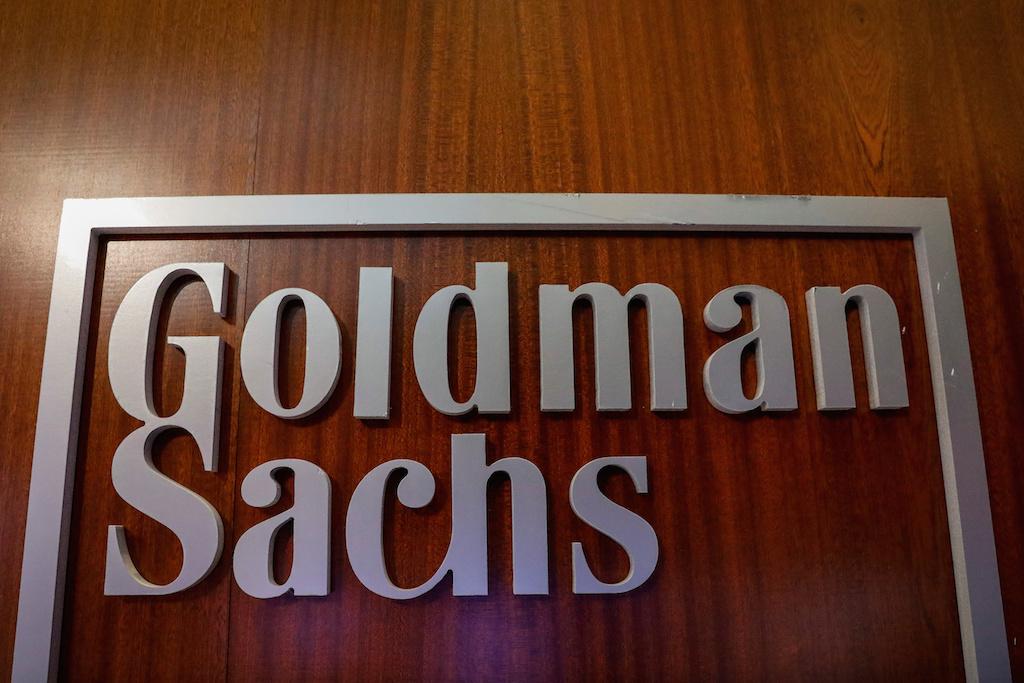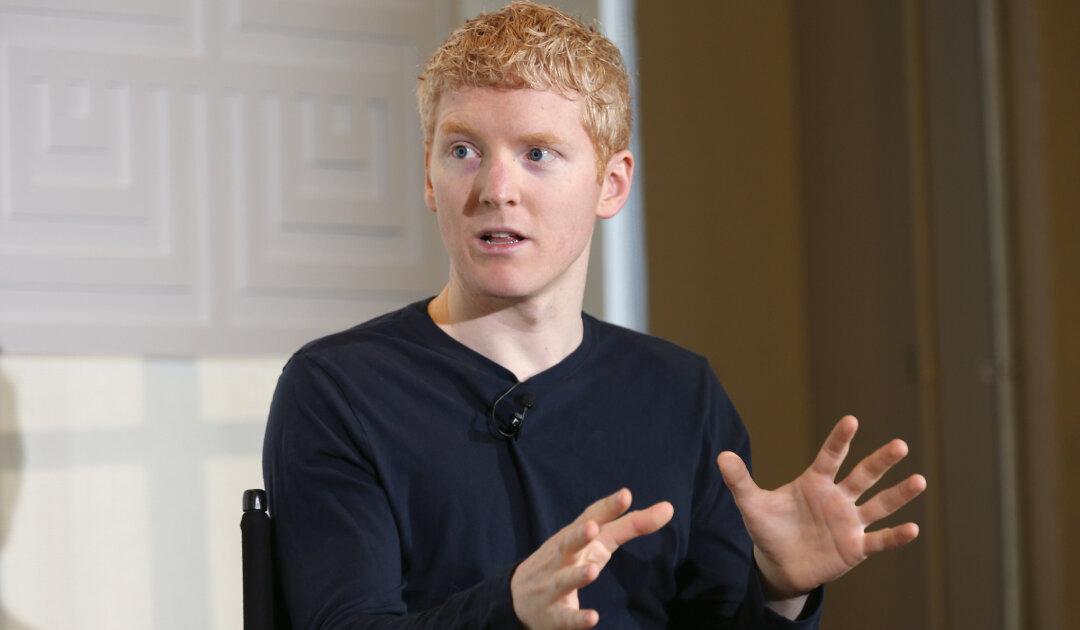U.S. homeowners may see at least one benefit from the recent turmoil in equity markets—a better shot at refinancing should the concomitant rally in U.S. Treasuries continue to pull down mortgage rates.
The Freddie Mac 30-year rate has dropped to 4.55 percent from a recent high of 4.94% in early November. According to consensus a homeowner needs about 50 basis points of incentive, and at least six months of past payments on their mortgage, to pull the trigger on a refinancing. Recent borrowers in higher-coupon mortgages would fall into that category.




